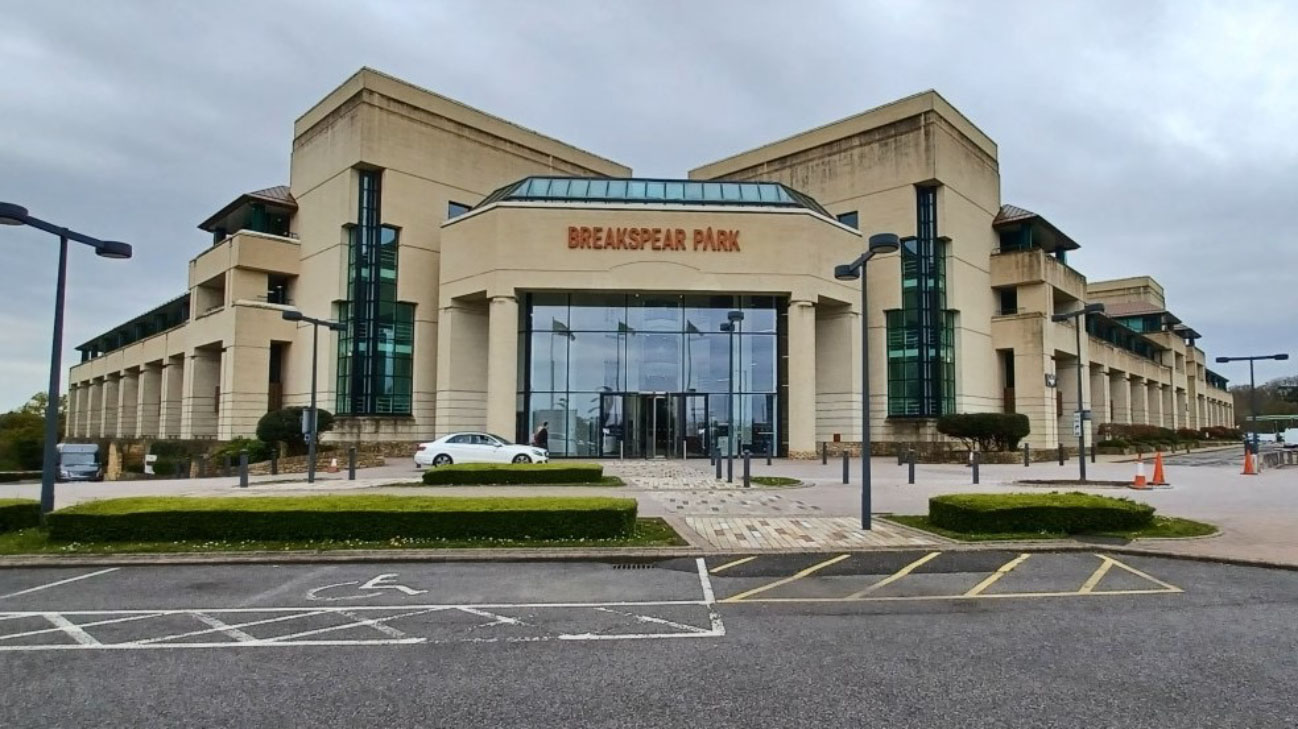Viewpoint: Resi-over-retail, a great idea in principle but how does it “stack up” in practice?
Darren Ward | 15 January 2018Resi-over-retail is an exciting prospect for many investors, allowing them to maximise the capital value and yield of their property, while also helping to do their bit to tackle the UK housing shortage.
Darren Ward, partner in our London office, believes the principle is a sound one, and it’s already happening (see below for our case study of our latest scheme in West London) but how do the practicalities stack up?
So why retail?
Developers could feasibly be eyeing up the many thousands of acres of flat roofs across the UK for possible residential extensions, but not all square feet are created equal and there will be a limit to which buildings are appropriate for this additional use.
Quite apart from the planning and air rights issues which are being discussed, the most important element surely is the ability of the site and the building itself to support, practically and physically, the extra load. And we’re not just talking about the walls here, but the services, the residents’ amenities, and the needs of the existing retailer, which is not likely to be keen on the necessary relocation or closure for the duration of the project.
What should developers look for?
This type of development lends itself to solid concrete and steel frame construction of the 1960s and 70s, typical of many UK high streets. Here the physical structure is more likely to be able to take the extra floors, particularly if using a lightweight frame in timber or Metsec, and additional support could be retrofitted reasonably easily. (What’s possibly also attractive, but unfortunately less likely to work, is building on top of the vast out-of-town retail sheds. These are usually lightweight construction themselves and would therefore require significant upgrade, making it make it more appropriate to redevelop such a site from scratch than retrofit.)
Starting points: safety first
So, when all parties have agreed the idea works on paper, the actual feasibility study begins. Its starting point should be the single most important factor, that of safety. Building a retail unit roof to keep out the rain is very different to creating barrier between a café below and a home above, for example. There will be fire protection, along with thermal insulation and acoustic measures, required. And there’s always the potential for the cost of hidden hazards when dealing with modern safety standards being applied to older buildings.
Additional considerations
Then there is the matter of occupier comfort. Noise from deliveries and opening hours, and kitchen smells and emissions, matter less when there are no immediate neighbours, but could all impact on the attraction and thus value of the new home once completed. And of course residential properties require ground floor space to be found for access, refuse and bike stores, and ideally parking if possible, within the existing footprint. These are all issues that will complicate a project, but that can be mitigated with careful thought and spend.
For the developer, construction may be the most straightforward of the costs. Consider, there will be the possible lease negotiations and compensation, the professional fees and investigations, and installation of services. Most town centres are already at capacity, that’s exactly why these developments offer such tempting opportunities, but the cost and implication of installing and maintaining the additional electricity, gas and water supplies may be surprising and could, all in, see the scheme fail to stack up in terms of the eventual rental yield and overall asset value. Those calculations can only be made with any sense of confidence, once the building survey has been completed in full.
There is much talk of the opportunities for landlords to explore the resi-over-retail proposition, and it may well prove popular with local authorities under pressure to provide more homes while also protecting green spaces. I’ve no doubt the next few years will see a plethora of applications to do just that. But it will most certainly much more complicated than it first appears, and securing the relevant permissions may be the least of your worries.
As this moves forward the real question won’t be can we do it, but how can we do it. Knowing which questions to ask in order to accurately answer that, will be the real key to success.
Powell Williams Case Study
We’ve been appointed project manager and contracts administrator working with M&M Asset Management to develop just such a scheme over a parade of shops in Ealing, West London. Four new apartments will be created in a single storey upwards extension over a vacant shop unit and its first floor storage area. The unit has been vacated, removing the need to mitigate the impact of the works on the retailer, and the shop unit itself will be upgraded prior to being re-let.
This will make life easier as we remove the 40-year-old roof to create a residential standard floor, though we will be mindful of reducing any disruption to other businesses which remain within the same parade.
Before work even starts on a scheme like this there are layers of consultation and investigations needed. Once the architects have designed a scheme and the planners have secured the necessary permissions, the pre-commencement investigations can involve structural engineers, soil surveys, quantity surveyor, building surveyor and a project manager to coordinate. Negotiations and legal agreements also need to be made with utilities suppliers and highways authorities.
In the case of the Ealing project, the client had already secured planning and we are implementing the first phase as part of a nine-month programme.










